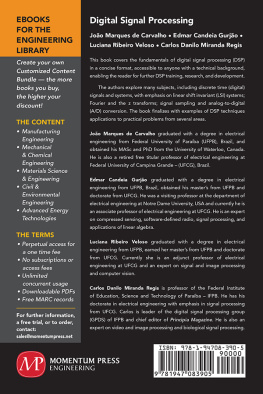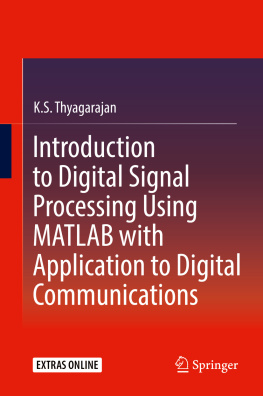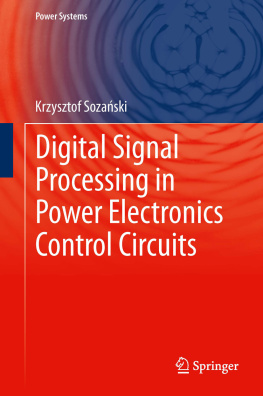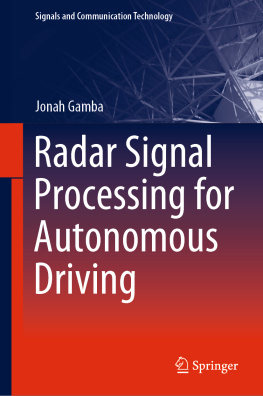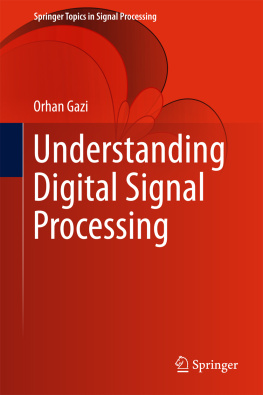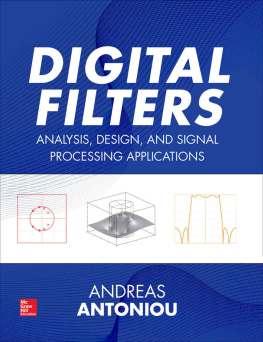Steven M. Kay - Fundamentals of Statistical Signal Processing, Volume III: Practical Algorithm Development
Here you can read online Steven M. Kay - Fundamentals of Statistical Signal Processing, Volume III: Practical Algorithm Development full text of the book (entire story) in english for free. Download pdf and epub, get meaning, cover and reviews about this ebook. year: 2013, publisher: Prentice Hall, genre: Romance novel. Description of the work, (preface) as well as reviews are available. Best literature library LitArk.com created for fans of good reading and offers a wide selection of genres:
Romance novel
Science fiction
Adventure
Detective
Science
History
Home and family
Prose
Art
Politics
Computer
Non-fiction
Religion
Business
Children
Humor
Choose a favorite category and find really read worthwhile books. Enjoy immersion in the world of imagination, feel the emotions of the characters or learn something new for yourself, make an fascinating discovery.

- Book:Fundamentals of Statistical Signal Processing, Volume III: Practical Algorithm Development
- Author:
- Publisher:Prentice Hall
- Genre:
- Year:2013
- Rating:5 / 5
- Favourites:Add to favourites
- Your mark:
Fundamentals of Statistical Signal Processing, Volume III: Practical Algorithm Development: summary, description and annotation
We offer to read an annotation, description, summary or preface (depends on what the author of the book "Fundamentals of Statistical Signal Processing, Volume III: Practical Algorithm Development" wrote himself). If you haven't found the necessary information about the book — write in the comments, we will try to find it.
In Fundamentals of Statistical Signal Processing, Volume III: Practical Algorithm Development, author Steven M. Kay shows how to convert theories of statistical signal processing estimation and detection into software algorithms that can be implemented on digital computers. This final volume of Kays three-volume guide builds on the comprehensive theoretical coverage in the first two volumes. Here, Kay helps readers develop strong intuition and expertise in designing well-performing algorithms that solve real-world problems.
Kay begins by reviewing methodologies for developing signal processing algorithms, including mathematical modeling, computer simulation, and performance evaluation. He links concepts to practice by presenting useful analytical results and implementations for design, evaluation, and testing. Next, he highlights specific algorithms that have stood the test of time, offers realistic examples from several key application areas, and introduces useful extensions. Finally, he guides readers through translating mathematical algorithms into MATLAB code and verifying solutions.
Topics covered include
- Step by step approach to the design of algorithms
- Comparing and choosing signal and noise models
- Performance evaluation, metrics, tradeoffs, testing, and documentation
- Optimal approaches using the big theorems
- Algorithms for estimation, detection, and spectral estimation
- Complete case studies: Radar Doppler center frequency estimation, magnetic signal detection, and heart rate monitoring
Exercises are presented throughout, with full solutions, and executable MATLAB code that implements all the algorithms, is provided on the accompanying CD.
This new volume is invaluable to engineers, scientists, and advanced students in every discipline that relies on signal processing; researchers will especially appreciate its timely overview of the state of the practical art. Volume III complements Dr. Kays Fundamentals of Statistical Signal Processing, Volume I: Estimation Theory (Prentice Hall, 1993; ISBN-13: 978-0-13-345711-7), and Volume II: Detection Theory (Prentice Hall, 1998; ISBN-13: 978-0-13-504135-2).
Steven M. Kay: author's other books
Who wrote Fundamentals of Statistical Signal Processing, Volume III: Practical Algorithm Development? Find out the surname, the name of the author of the book and a list of all author's works by series.

